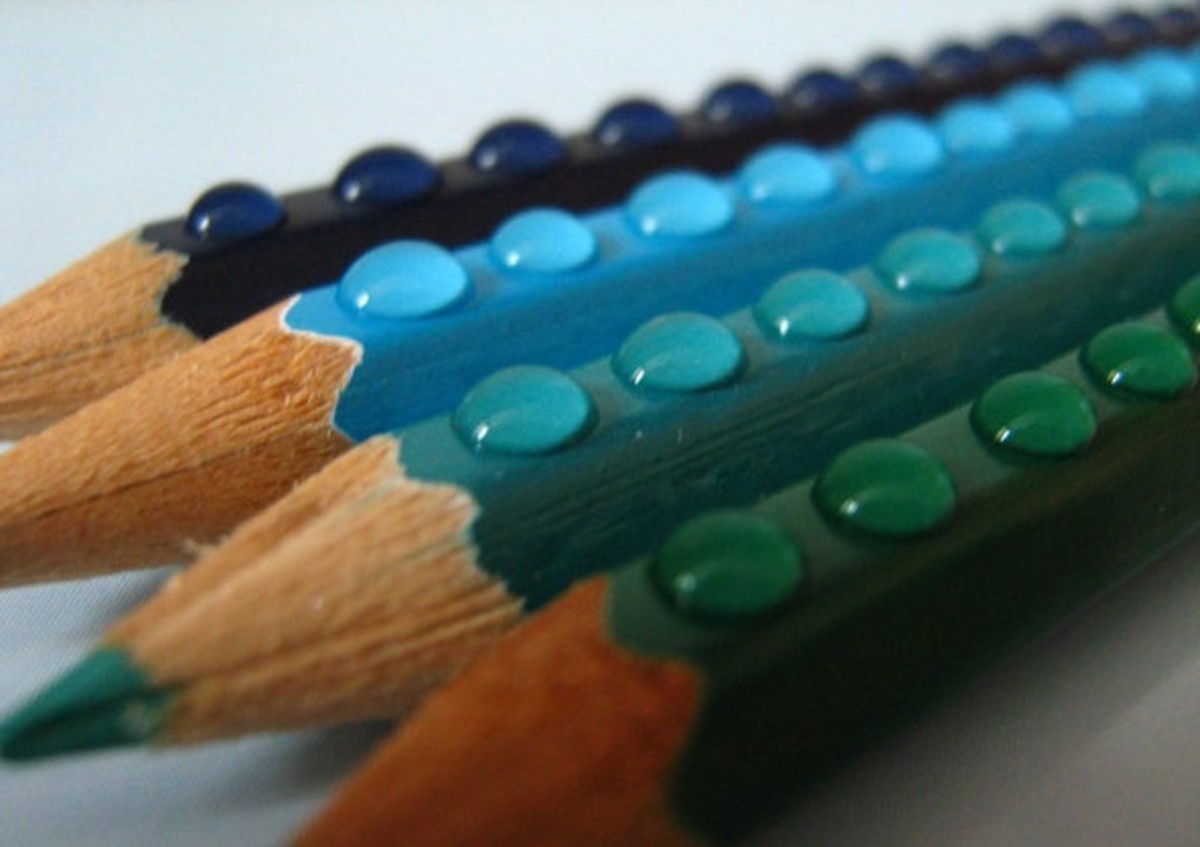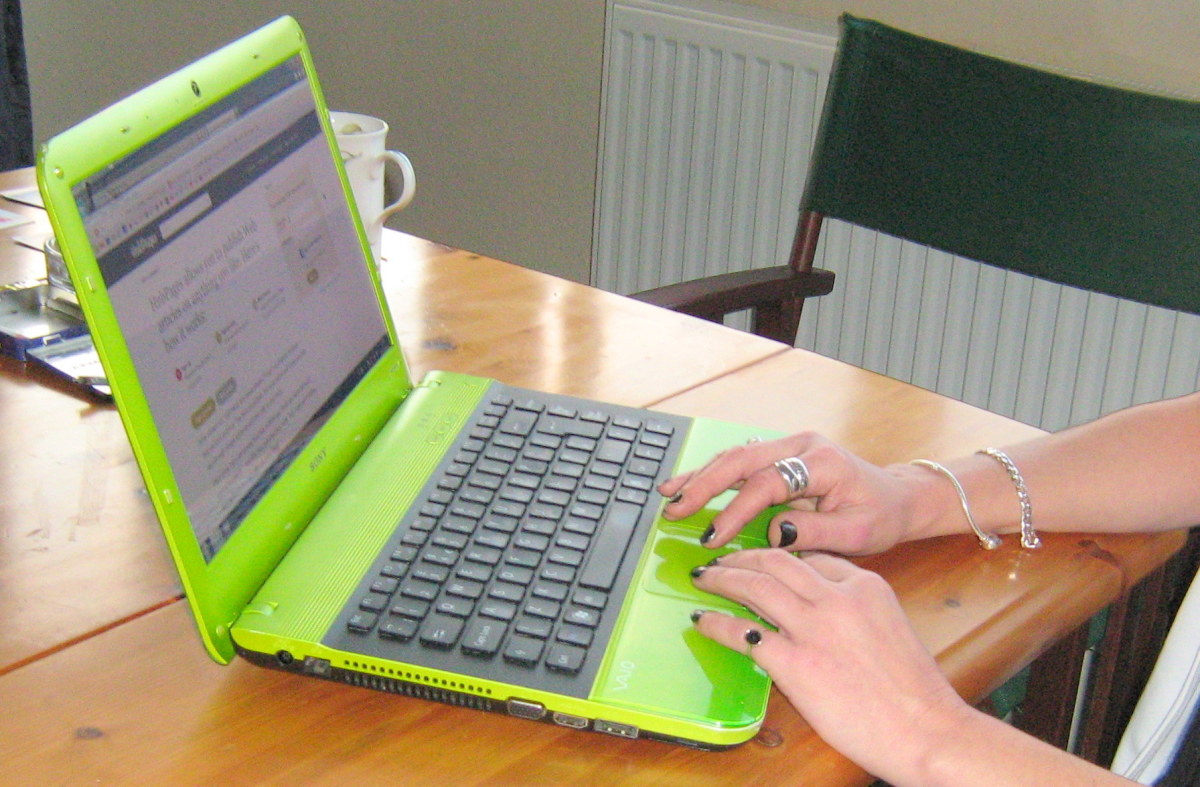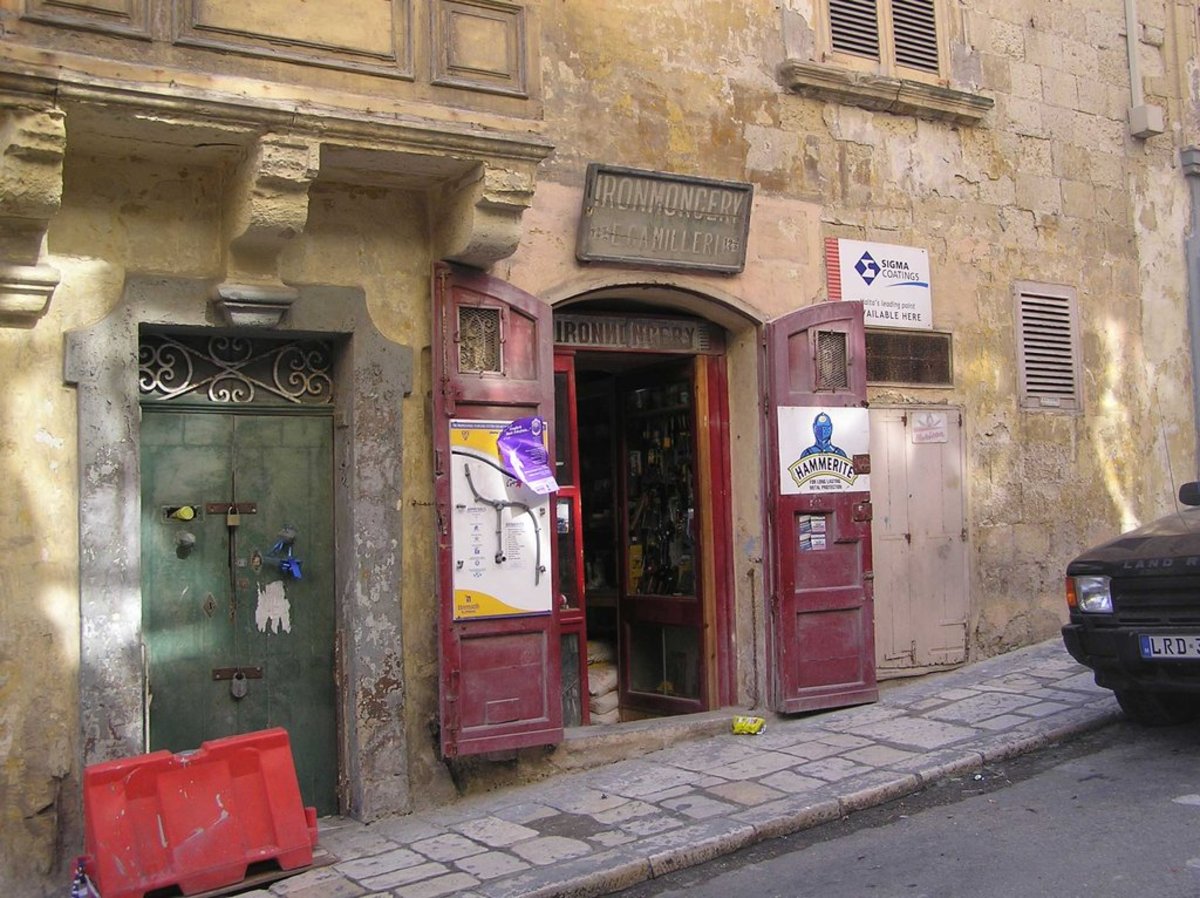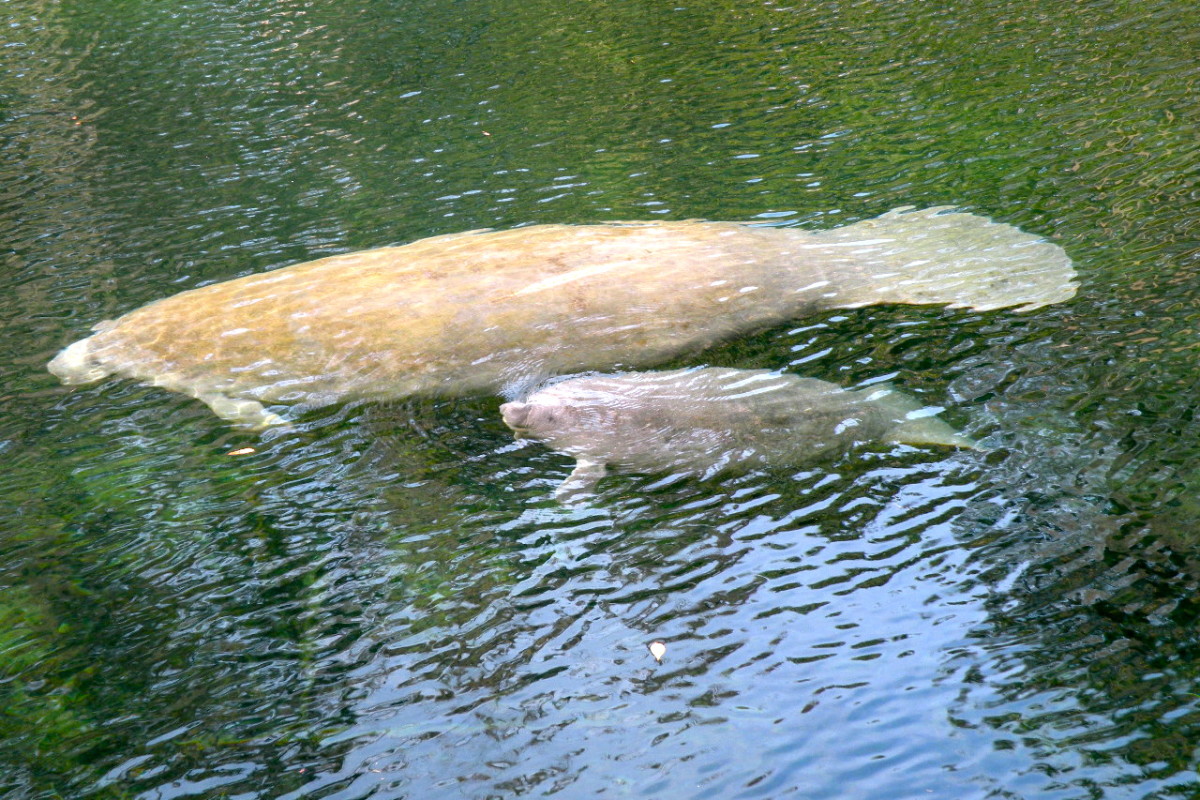Photographing the Old and Forgotten
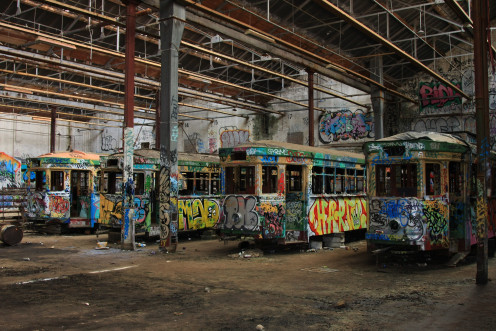
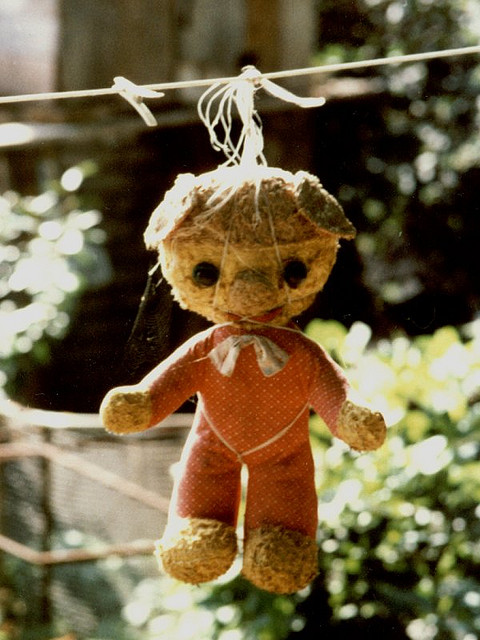
There comes a time in ever photographer's life when sooner or later you run out of things or subjects in which to involve yourself and do a photography project. Unless you are fully immerse in doing weddings, boudoir, and similar photographic business, you will find yourself scratching your head for something to photograph.
This is especially true for photographers who do not specialize in one main topic and who make a living by writing books, posting on line and doing similar photo activities. One topic that I have found that offers plenty of subjects, albeit tied to the same theme, is to take photographs that depict subjects that represent the idea of things old and forgotten.
The project is rather easy since you can select locations that fit the theme quite easily such as a patch of ground, a dusty cabinet, a box tucked away in a dark corner of the attic, a patch of sand and so on.
The hard part is to select appropriate subjects since they must be representational of the subject matter and must have their own appeal. For example one very good subject theme is to use things that due to advances in technology have become obsolete, thus not used anymore like a pocket watch used mainly during the turn of the century.
But this brings on another problem and that is how to keep these heirlooms or collection pieces from getting damaged by being used in a photographic project during which they may be exposed to the elements. This is something that you cannot get away from.
The best alternative is to lay them in place very carefulyl and thoroughly clean them afterwards but if you are using simple and inexpensive items such as old toys then this may not be such an issue. Regardless when using any subject that carries some meaning for you , it is best to be as careful with their handling as you can.
The project by virtue of its subject selections is mostly a still life but there are many other things that can form part of it such as old rusty vehicles, farm equipment, old memorabilia etc. Be very mindful of not using a "brand new looking" item and just placing it in a dusty corner or in the ground. The fact that the principal subject looks one way detracts from the main overall theme if its appearance doesn't match or blend with its surroundings.
This does not mean that you can't use other simpler subjects such as old mason jars and cans, old books, pens and so on. They can still be used quite effectively for the project.
Pay attention also not to confuse this theme with a very similar one "urban decay" in which you take photos of old and dilapidated buildings and their interiors. Although similar the emphasis on one is different from the other and urban decay is an easily identifiable theme.
Consider too taking some shots in macro and in black and white or sepia as these two formats lend themselves well to give your images an "aged" look and produce a nostalgic effect since they are reminiscent of the earlier photography styles.
On the chance of sounding overly redundant, do not take just any item and lay in on a dusty corner or drop it on the ground. The subject, the location and the lighting all must fit the theme; old and forgotten. Otherwise it becomes too "gimmicky" looking and detracts from the sense that you want your audience to walk away with.
Also avoid using props that don't seem realistic. Collecting some dust from a vacuum for example, and sprinkling it on the subject works but simply trowing some sand does not. Setting the scene next to real cobwebs works but using fake webs do not and so on. Be sparingly with your use of any props if you think that you need them.
The lighting is crucial since most subjects that are forgotten usually end up in a dark comer so you must not only use soft diffused light but you should also attempt to underexpose the shots a bit as well. But if the images come out as very brightly lit you can always fix or darken them with the aid of a digital editing program.
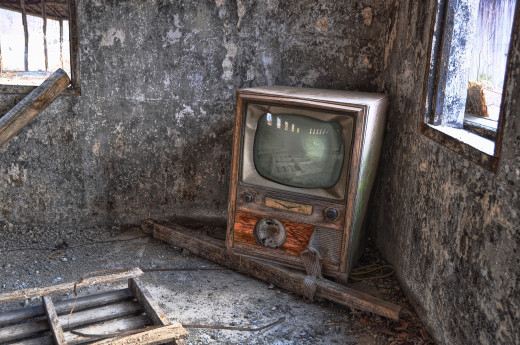
- Forgotten Old Rust: Art, Design & Photography | Redbubble
Hello! You've arrived at Redbubble's forgotten old rust page. Please enjoy our delightful selection of forgotten old rust related t-shirts, art, photography, drawing, design, writing, illustration and gifts created by independent artists from around
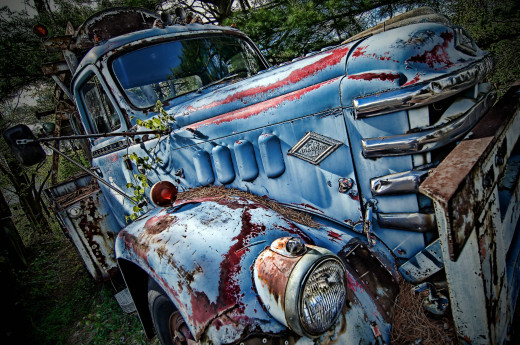
- Forgotten places, forgotten things: Photo Images by Antonio Díaz Photography - photo.net
Browse through the photo gallery of images entitled Forgotten places, forgotten things by the photo.net member Antonio Díaz.
© 2013 Luis E Gonzalez

![Adobe Photoshop Elements 2018 [Old Version]](https://m.media-amazon.com/images/I/51AQ4wl7eOL._SL160_.jpg)

